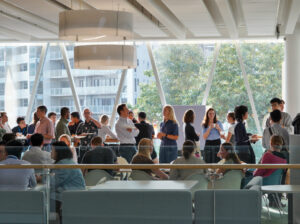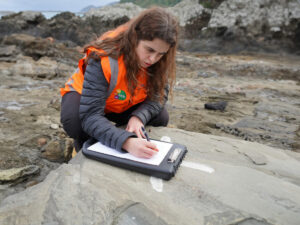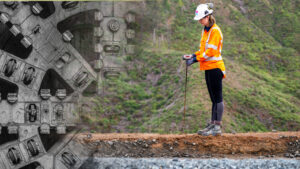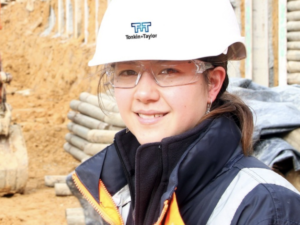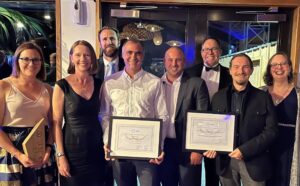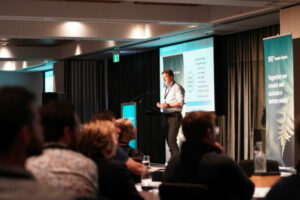The water sector in Australia is well-positioned to become a leader in the transition to a circular economy. Here, we explore steps utilities can take to embed circular economy principles within their organisations through enabling their people.
As stewards of regional water cycles, water utilities have been embracing many circular practices as business-as-usual for many years, evidenced by their dedication of resources to water recycling and through the recovery and beneficial reuse of biosolids. What is sometimes overlooked, however, is water utilities’ role as constructors and managers of operational assets.
This role is now increasing in importance as infrastructure installed in the post-World War II boom is reaching end-of-life. This presents a significant opportunity to invest in long-life, high-cost upgrades in the near-term, and which can have a substantial impact.
Water utilities can position themselves to recognise this opportunity by finding ways to:
- Repurpose or sell end-of-life equipment– including via internal refurbishment programs
- Adopt a circular mindset in navigating the transition to digital water meters, including evaluating the lifecycle impacts of procurement of the millions of required meters
- Plan now for the end-of-life of equipment, for example redundant meters
- Implement a Sustainable Design Framework and assess lifecycle costs and benefits (social, financial, and environmental) during asset management planning and procurement
Challenges commonly encountered by water utilities looking to implement such initiatives include funding the necessary initial investments, managing changes to operational processes, and implementing the cultural transformations required to integrate lifecycle thinking.
Overcoming these obstacles generally involves developing a clear strategy, obtaining buy-in from all levels of the company, investing in necessary infrastructure and providing ongoing training and education.
Learnings so far
Tonkin + Taylor’s learnings from recent work with water utilities on planning for circularity has identified the following:
- Upskilling your staff to understand the principles of the circular economy is critical. This will help them identify where their ideas or work they are already doing reflects a circular approach. Great ideas are there, but are clouded by views such as “but often hampered by the view that “it’s not technically circular.” Often, however, it is! Upskilling will help them identify where their ideas or work they are already doing reflects a circular approach, even if it doesn’t fall under traditional labels like “reduce scope 3 emissions” or “material use efficiency.” Be prepared to translate the concept of circularity into the language relevant to each team (e.g., lifecycle impacts, waste reduction, sustainable procurement, smart engineering).
- Empowering staff to adopt lifecycle thinking is key to the transition to a circular economy. This requires procurement and construction to consider not just the operational phase, but also the environmental impacts of manufacturing and end-of-life stages. Empowerment can take various forms, including training, access to relevant tools, and even internal or external technical support to assist with research and analysis – a crucial aid for busy staff.
- To support a smooth transition, business systems and policies need to evolve alongside day-to-day processes. These processes should integrate circular economy principles. By updating the tools and operating procedures employees interact with daily, we can reflect this transition. Similarly, if initiatives require capital the organisation will need a transparent means of collecting, evaluating and prioritising capital investment for circular projects.
Engaging with and empowering your greatest assets – your people – brings benefits: cost savings, enhanced resource efficiency, improved resilience, increased employee satisfaction, and suitability for long-term sustainability. In other words, investing in your people as part of the circular economy transition for your organisation is simply a smart investment in your business.
Sustainability and circularity are key to infrastructure success. Contact our specialists for help with your sustainable infrastructure goals by emailing australia@tonkintaylor.com.au or calling +61 3 9863 8686.
(This article was originally published in the May edition of Utility magazine.)



